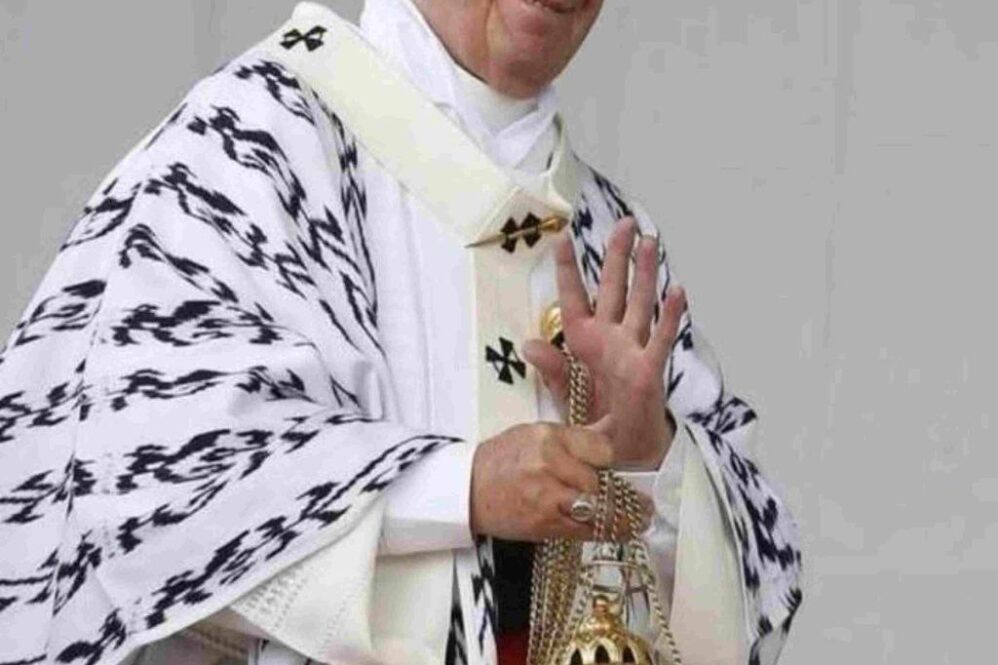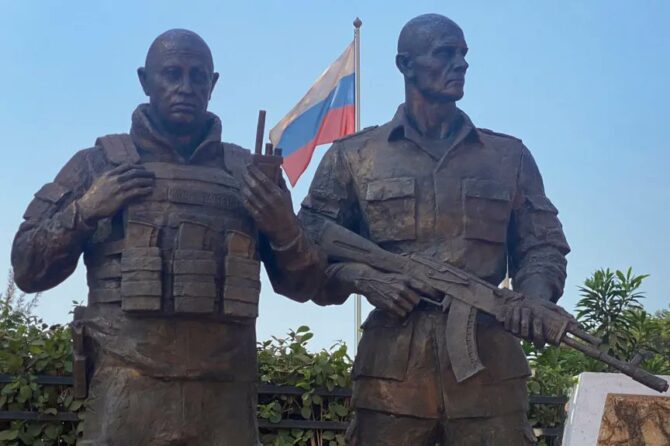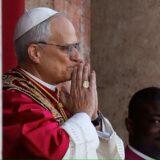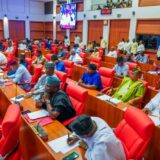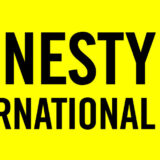Pope Francis Burial
Saturday, 26th April, 2025, saw the final burial of Pope Francis (Jorge Mario Bergoglio) at St. Peter’s Basilica. Furthermore, the burial brought the cream-de-la-cream of about 55 heads of state and other world leaders to St. Peter’s Square. In addition, US President Donald Trump was among other high-flying global dignitaries numbering about 250,000 at the burial.
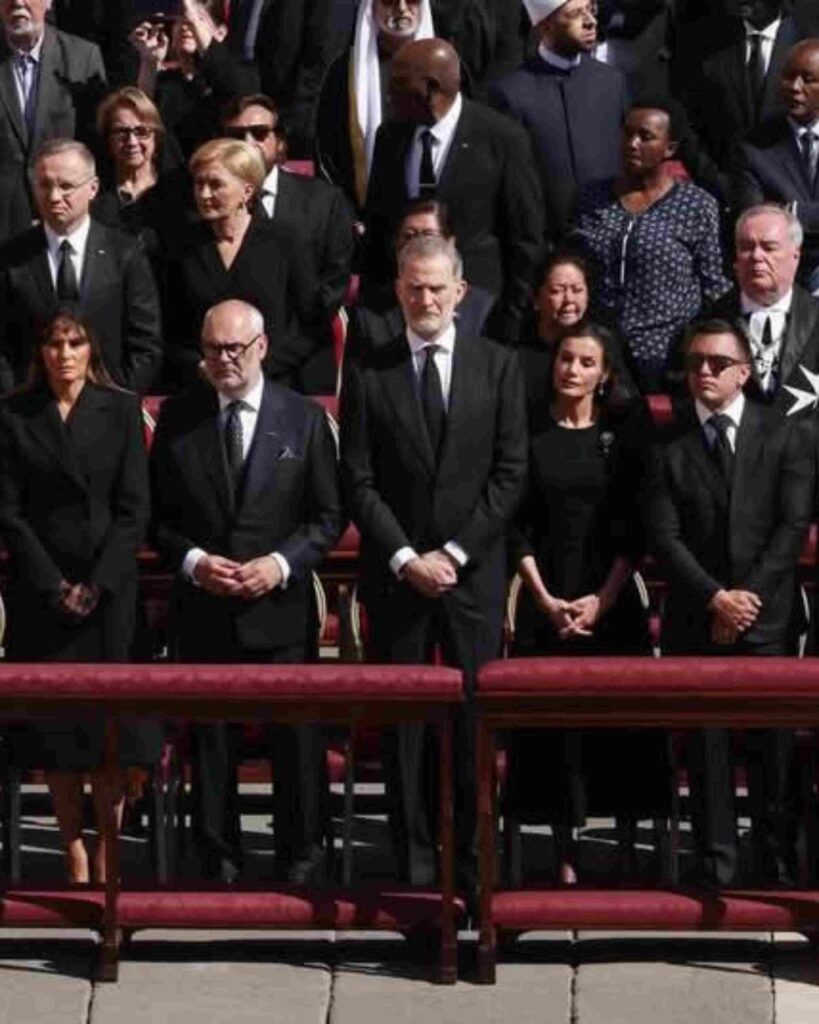
Global Mourning and Respect
Among mourners that paid their last respects were cardinals and bishops, royals, heads of states, and other lay faithfuls. However, many of the mourners, some of whom slept on the streets overnight, said they came for a pope who cared for the poor and marginalised.

Burial Preparation
Pope Francis’s 3 days lying in state end on Friday at 6 p.m.; afterwards, his simple wooden coffin was sealed. Furthermore, world leaders, members of the diplomatic community, and people, both faithful and nonfaithful, have expressed their condolences.
Lying In State
On the last day of Pope Francis lying in state, huge crowds flock to the Vatican. Furthermore, tens of thousands of mourners have patiently waited to bid their final farewell to Pope Francis. Unfortunately, his death occurred on Easter Monday after suffering a stroke at the age of 88 years.
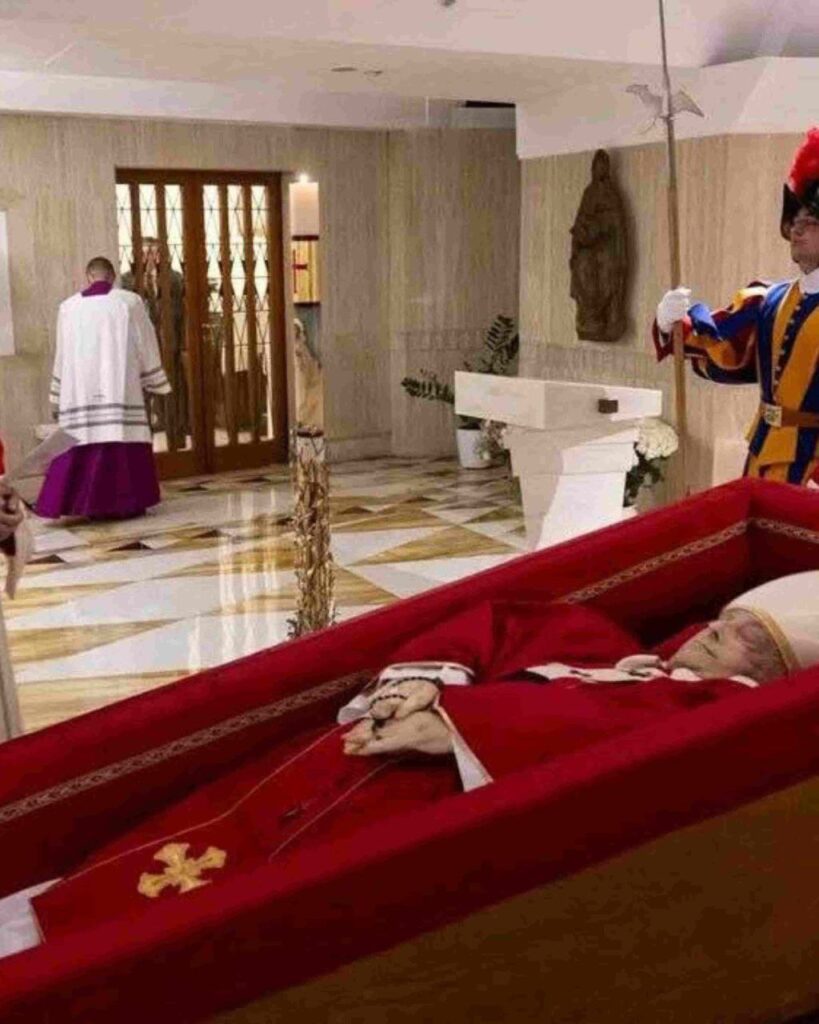
Vatican And Crowd Control
The Vatican, as usual, used their crowd control mechanism to make the lying-in-state of Pope Francis almost a perfect one. Additionally, the Vatican on Friday said that about 150,000 people had paid their respects to Francis by filing past him. Moreover, his remains have been put in an open coffin in front of St. Peter’s Basilica’s main altar. According to reports, some were there praying while others were holding smart phones aloft for a photo of him. Pope Francis, dressed in red robes with a bishop’s pointed mitre and a rosary entwined in his hands.
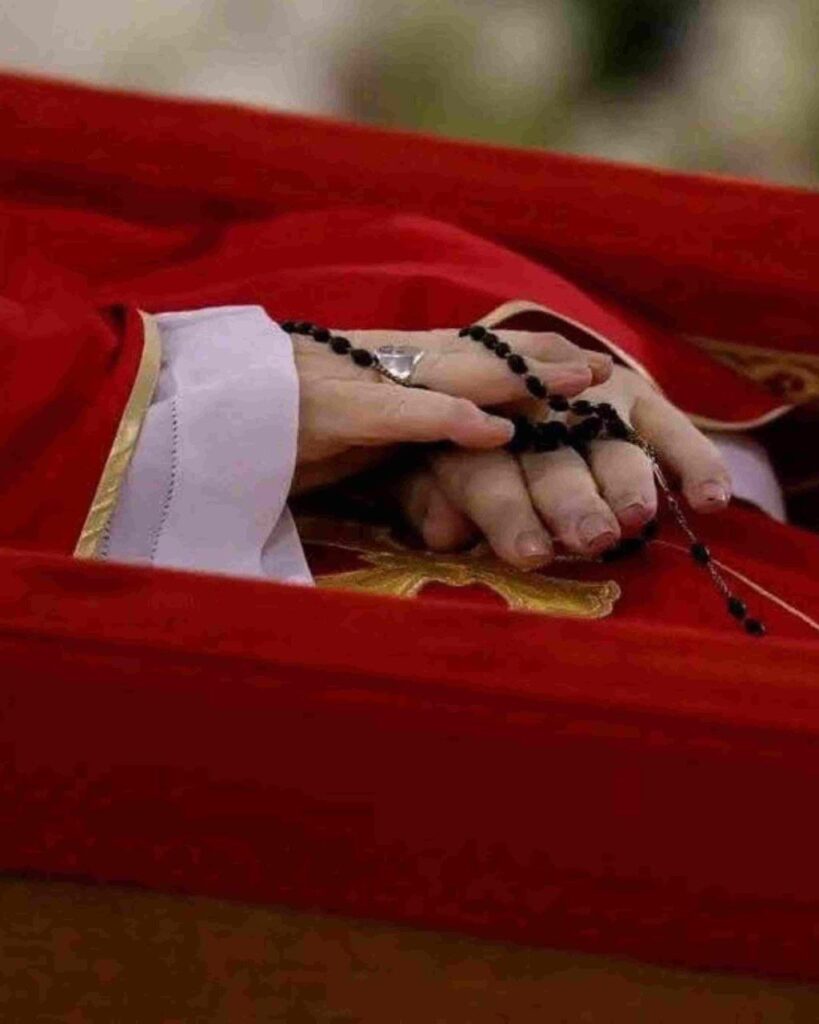
Early Life and Priesthood
Pope Francis, born Jorge Mario Bergoglio, embarks on his spiritual journey in Buenos Aires. He was a determined young boy and has always had the inclination to serve God.
Growing Up in Faith Nurturing His Calling
Bergoglio grows up in a devout Catholic family, nurturing his faith from a young age. In addition, saints like Francis of Assisi and Ignatius of Loyola, among others, inspired him. Furthermore, he pursued his calling, becoming a Jesuit priest and later, the Archbishop of Buenos Aires.
A Life of Simplicity
Choosing Humility: Francis chooses to reside in the Vatican’s guesthouse, living humbly like the priests and bishops. However, he chose to align with and defend the poor in all ramifications. He did this by living in the guest house instead of the palatial papal palace. As a Jesuit, he lived the life of obedience, poverty, and chastity to his death. Ultimately, it’s a sign of detachment from worldly possessions and power.
The Papacy of Pope Francis
Bringing Reforms: As the 266th Pope of the Catholic Church, Francis brings significant reforms, emphasising compassion, mercy, and inclusivity.
A Leader of Compassion and Mercy
Serving the Vulnerable: Francis reaches out to marginalised communities, advocating for their rights and dignity. Furthermore, his messages were about compassion, mercy, and inclusivity. The Pope’s message resonates with people worldwide, transcending denominational boundaries. He reaches out to marginalised communities, advocating for their rights and dignity. The Pope’s visits to prisons, hospitals, and refugee centres demonstrate his commitment to serving the vulnerable.
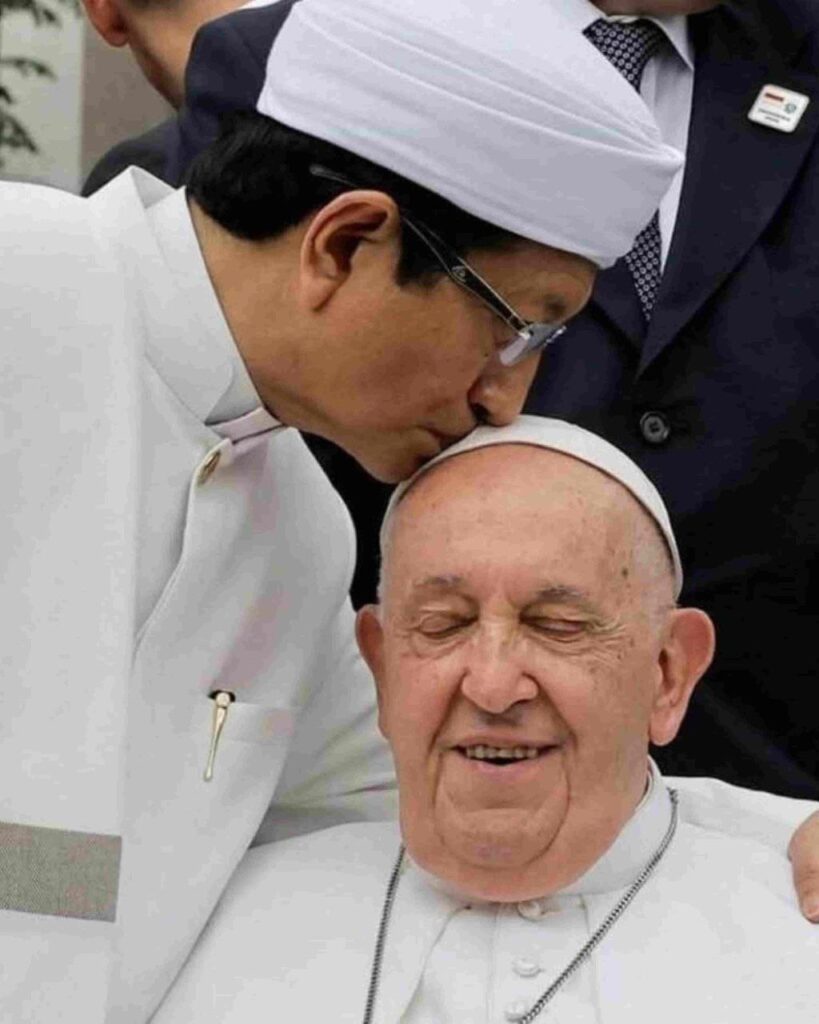
The Pope’s Message
Hope and Redemption: Francis calls on people to care for the Earth, respect human life, and promote social justice. Through his writings and speeches, Francis inspires others to live more sustainably, work for peace, and protect the vulnerable. The Pope’s words have a profound impact on people worldwide.
The Global Pastor
Pope Francis’ Pontifical Visits and Controversies:
A Pastor’s Heart: Pontifical Visits Around the World Pope Francis travels extensively, visiting numerous countries and meeting with world leaders.
Visit to Lampedusa (2013) Condemning Indifference: Francis condemns indifference to migrant tragedies, emphasising the need for compassion and action.
Visit to Brazil (2013) Inspiring Young People: Francis attends World Youth Day, inspiring millions of young people. In addition, he encouraged them to live out their faith.
The Holy Land (2014) visit Praying for Peace: Francis travels to the Holy Land, praying for peace and reconciliation in the region.
The Pope’s Message of Hope and Unity: Francis spreads messages of hope and unity, engaging with diverse cultures and peoples.
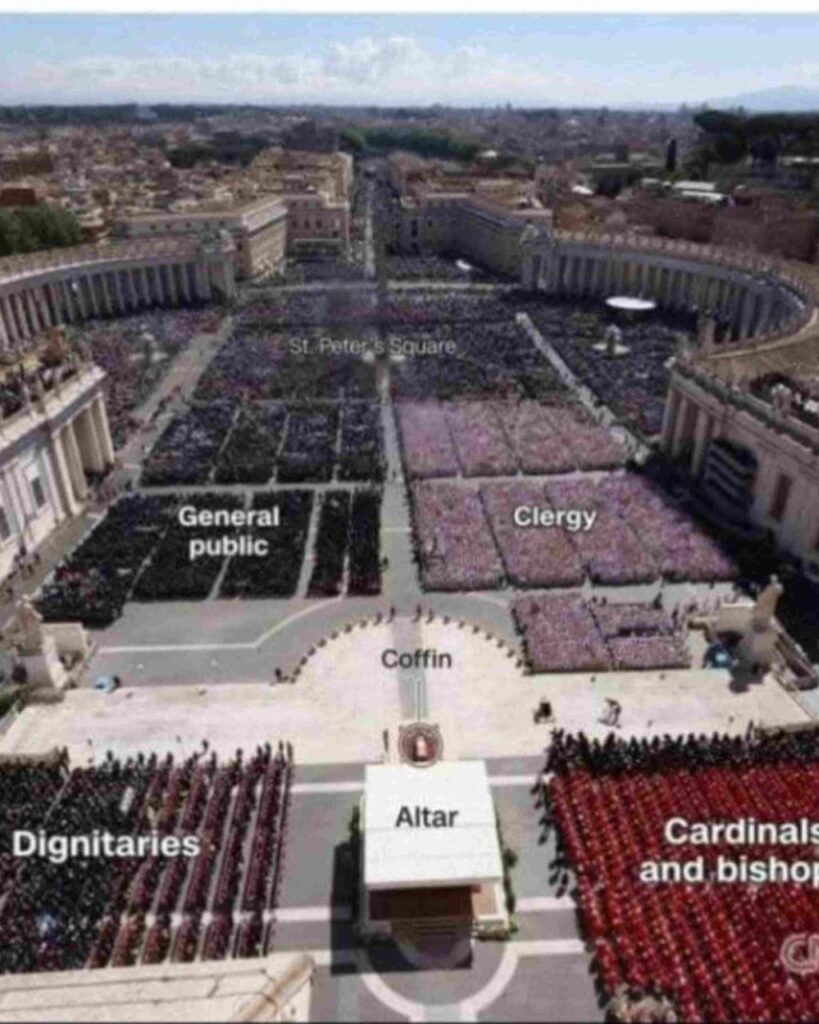
Visit to the United States (2015): Francis visits the United States, advocating for climate action and economic justice.
Meeting with World Leaders Addressing the United Nations, Francis addresses the United Nations, emphasising the importance of protecting human dignity.
Visit to Mexico (2016) Emphasising Faith and Family: Francis travels to Mexico, emphasising the importance of faith, family, and social justice.
Controversies Surrounding the Pope: Criticisms and Challenges Francis faces criticisms and challenges but remains committed to his message of compassion and mercy.
Debates and Challenges: Francis faces criticisms and controversies, including debates over doctrine and handling of issues.
Amoris Laetitia (2016) Sparking Debate: Francis’ apostolic exhortation sparks debate among Catholics, with some questioning its approach. His subtle approval for LGBTQ+ has been a major concern for the majority of the over 1.4 billion Catholics worldwide.
Environmental Encyclical (2015) Emphasizing Stewardship: Francis emphasises environmental stewardship, calling for action to protect the planet.
In terms of his position on social issues, Pope Francis has:
- Emphasized compassion and mercy: The Pope has highlighted the importance of compassion, mercy, and inclusivity in the Church’s teachings.
- Advocated for the vulnerable: Francis has spoken out on behalf of marginalised communities, including migrants, refugees, and those affected by conflict.
“Pope Francis’ Historic Visit and Apology to Aboriginals in Canada”
This last pontiff was a work in progress in the Journey of Reconciliation, especially in respect of its past. Pope Francis embarked on a significant journey to Canada, visiting the indigenous communities and acknowledging the Church’s past wrongdoings. The Pope’s visit was a crucial step towards healing and reconciliation, as he met with survivors of residential schools and acknowledged the trauma inflicted upon them. By doing so, Francis demonstrated the Church’s commitment to making amends and promoting healing.
The Residential School System’s Dark Legacy: The residential school system, operated by the Catholic Church and the Canadian government, was designed to assimilate indigenous children into European culture. However, the system was marred by physical, emotional, and sexual abuse, leaving deep scars on the survivors and their communities. The Pope’s visit acknowledged the Church’s role in this system and expressed deep regret for the harm caused.
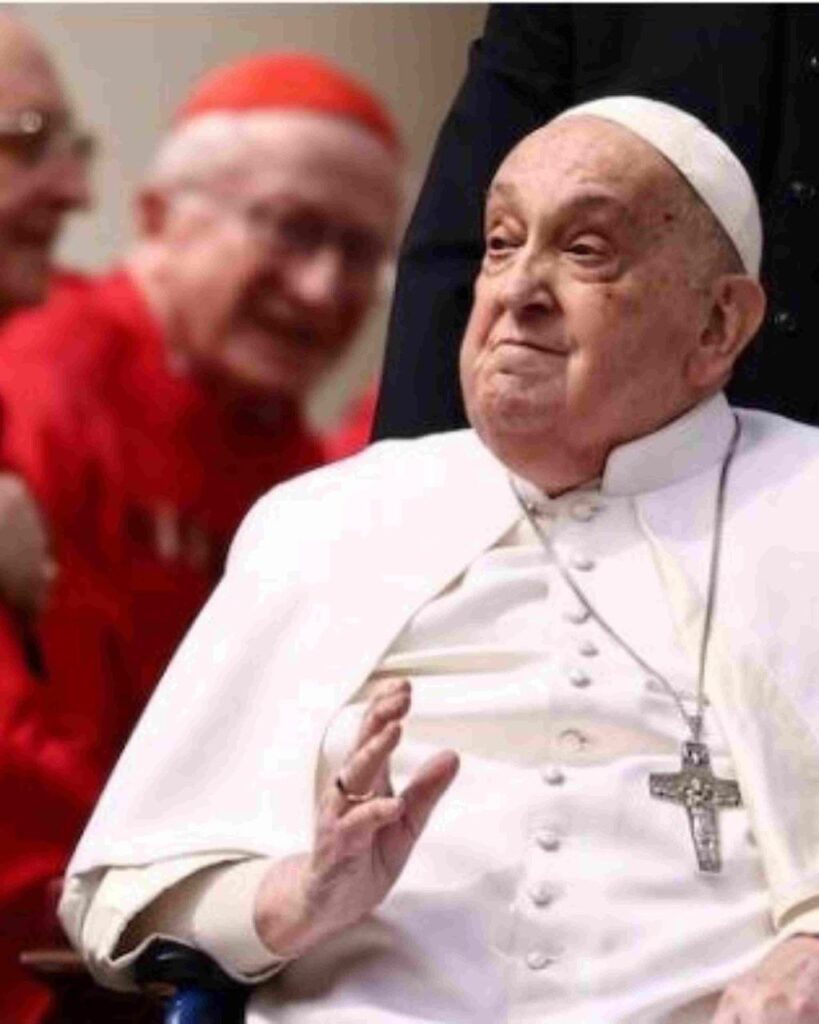
Pope Francis’ Apology and Acknowledgment During his visit, Pope Francis issued a formal apology to the indigenous peoples of Canada, acknowledging the Church’s role in the residential school system. The Pope expressed deep regret for the harm caused and recognised the trauma inflicted upon the survivors. By doing so, Francis took a crucial step towards healing and reconciliation, emphasising the need for accountability and action.
A Call to Action and Healing: The Pope’s apology was not just a gesture of regret but also a call to action. Francis emphasised the need for the Church to take concrete steps towards healing and reconciliation. The Pope encouraged the indigenous communities to preserve their cultures and languages, recognising the importance of their identities. By doing so, Francis promoted a path forward for the Church and the indigenous peoples to work together towards healing and reconciliation.
The Significance of the Pope’s Visit: The Pope’s visit to Canada was a historic moment in the journey towards reconciliation. Francis’ apology and acknowledgement of the Church’s wrongdoing marked a significant step towards healing and accountability. The visit also highlighted the importance of preserving indigenous cultures and languages and promoting a more inclusive and respectful society.
Inspiring Others: Francis inspires others to live authentically, serving the Lord and humanity. Moreover, he believes in human-centric policies and hopes world leaders can look in the way of poor people.
Conclusion
Pope Francis’ life and papacy demonstrate the power of humility, compassion, and simplicity. In addition, Pope Francis’ pontifical visits demonstrate his commitment to serving the Lord and humanity. However, Pope Francis’ pontifical visits and controversies reflect his commitment to serving humanity.


